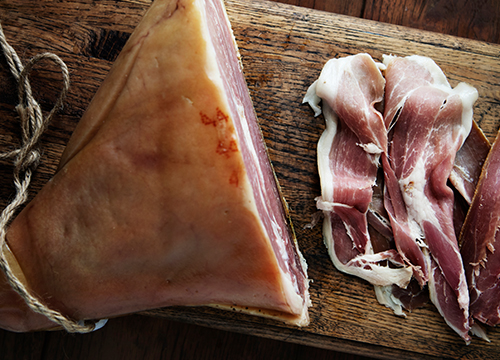Traditionally meat was cured to preserve it, with the earliest recording of this process being made by the Romans (200BC), who had learned the process from the Greeks.
The practice had been in existence as early as 3000BC, where sesame oil was used to preserve and then dry fish and meats in Mesopotamia. By 700BC the salt gardens of the Mediterranean became very valuable when salt became a prized trading commodity, and preserved exotic meats were a luxury food for the rich and powerful of Europe and the Middle East.
During Medieval times, salt and saltpeter (calcium nitrate) were gathered from China and India and used widely by the Christians to cure meat, with the saltpeter giving meat the reddening effect. This forms the basis of many cures today, where curing has become more of an art than a science.

Today’s modern cures not only preserve the meat, but also enhance the flavours. Curing slows the spoilage and prevents the growth of organisms. So, if you’re looking to make Christmas last longer, look for a cured ham for your dining table.
Lesnie’s has a comprehensive range of cures used by local butchers.